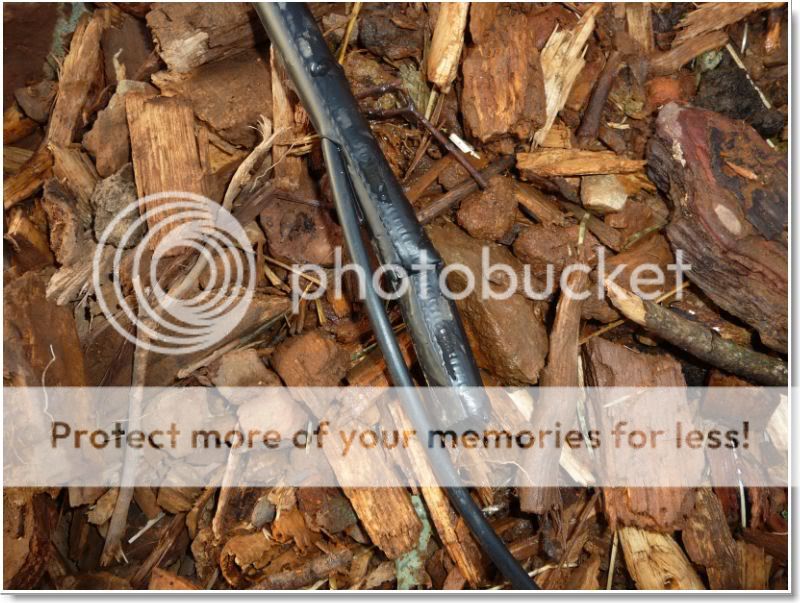











- Glenn -




"Limitation is the mother of good management", Michael Evanari
Location: Southwestern Oregon (Jackson County), Zone 7




- Glenn -
 1
1







- Glenn -





- Glenn -




Brenda
Bloom where you are planted.
http://restfultrailsfoodforestgarden.blogspot.com/




- Glenn -
 1
1








- Glenn -








- Glenn -





The ultimate goal of farming is not the growing of crops, but the cultivation and perfection of human beings. - Masanobu Fukuoka




Idle dreamer




The ultimate goal of farming is not the growing of crops, but the cultivation and perfection of human beings. - Masanobu Fukuoka




- Glenn -




The ultimate goal of farming is not the growing of crops, but the cultivation and perfection of human beings. - Masanobu Fukuoka





Idle dreamer




- Glenn -




Glenn Kangiser wrote:
As in the terrace story from China that I read, This could completely change the environment for the better in our area of the mountain.
Wish I could find that story again.
Idle dreamer




- Glenn -









Idle dreamer




The ultimate goal of farming is not the growing of crops, but the cultivation and perfection of human beings. - Masanobu Fukuoka




Ludi wrote:
But how do you implement Keyline if you don't have access to a tractor?
"the qualities of these bacteria, like the heat of the sun, electricity, or the qualities of metals, are part of the storehouse of knowledge of all men. They are manifestations of the laws of nature, free to all men and reserved exclusively to none." SCOTUS, Funk Bros. Seed Co. v. Kale Inoculant Co.




- Glenn -









- Glenn -




Glenn Kangiser wrote:
.. but once we learn to mimic nature then we can take it to new frontiers.
I was having trouble with the learning portion as I had never heard of the concept until Paul introduced it to me.




- Glenn -




Brenda
Bloom where you are planted.
http://restfultrailsfoodforestgarden.blogspot.com/




http://www.greenshireecofarms.com
Zone 5a in Central Ontario, Canada









http://www.greenshireecofarms.com
Zone 5a in Central Ontario, Canada









http://www.greenshireecofarms.com
Zone 5a in Central Ontario, Canada









http://www.greenshireecofarms.com
Zone 5a in Central Ontario, Canada
 1
1




how to convert a chest freezer to a fridge
Where liberty dwells, there is my country. -- Benjamin Franklin





http://www.greenshireecofarms.com
Zone 5a in Central Ontario, Canada

|
a little bird told me about this little ad:
The new permaculture playing cards kickstarter is now live!
https://www.kickstarter.com/projects/paulwheaton/garden-cards
|








